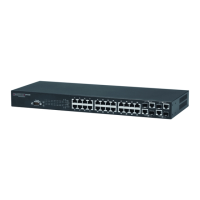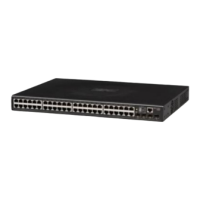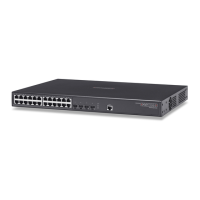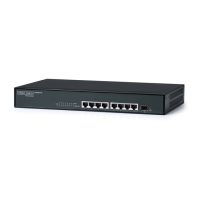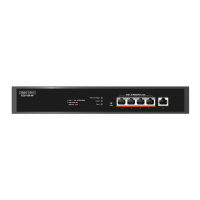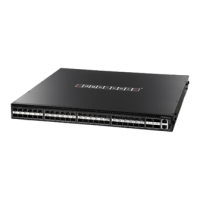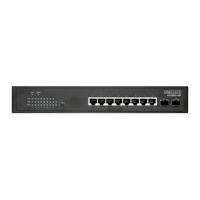C
HAPTER
14
| Security Measures
Configuring HTTPS
– 298 –
PARAMETERS
These parameters are displayed:
◆ HTTPS Status – Allows you to enable/disable the HTTPS server feature
on the switch.
(Default: Enabled)
◆ HTTPS
Port – Specifies the UDP port number used for HTTPS
connection to the switch’s web interface. (Default: Port 443)
WEB INTERFACE
To configure HTTPS:
1. Click Security, HTTPS.
2. Select Configure Global from the Step list.
3. Enable HTTPS and specify the port number if required.
4. Click Apply.
Figure 162: Configuring HTTPS
REPLACING THE
DEFAULT SECURE-SITE
CERTIFICATE
Use the Security > HTTPS (Copy Certificate) page to replace the default
secure-site certificate.
When you log onto the web interface using HTTPS (for secure access), a
Secure Sockets Layer (SSL) certificate appears for the switch. By default,
the certificate that Netscape and Internet Explorer display will be
associated with a warning that the site is not recognized as a secure site.
This is because the certificate has not been signed by an approved
certification authority. If you want this warning to be replaced by a
message confirming that the connection to the switch is secure, you must
obtain a unique certificate and a private key and password from a
recognized certification authority.
C
AUTION
:
For maximum security, we recommend you obtain a unique
Secure Sockets Layer certificate at the earliest opportunity. This is because
the default certificate for the switch is not unique to the hardware you have
purchased.

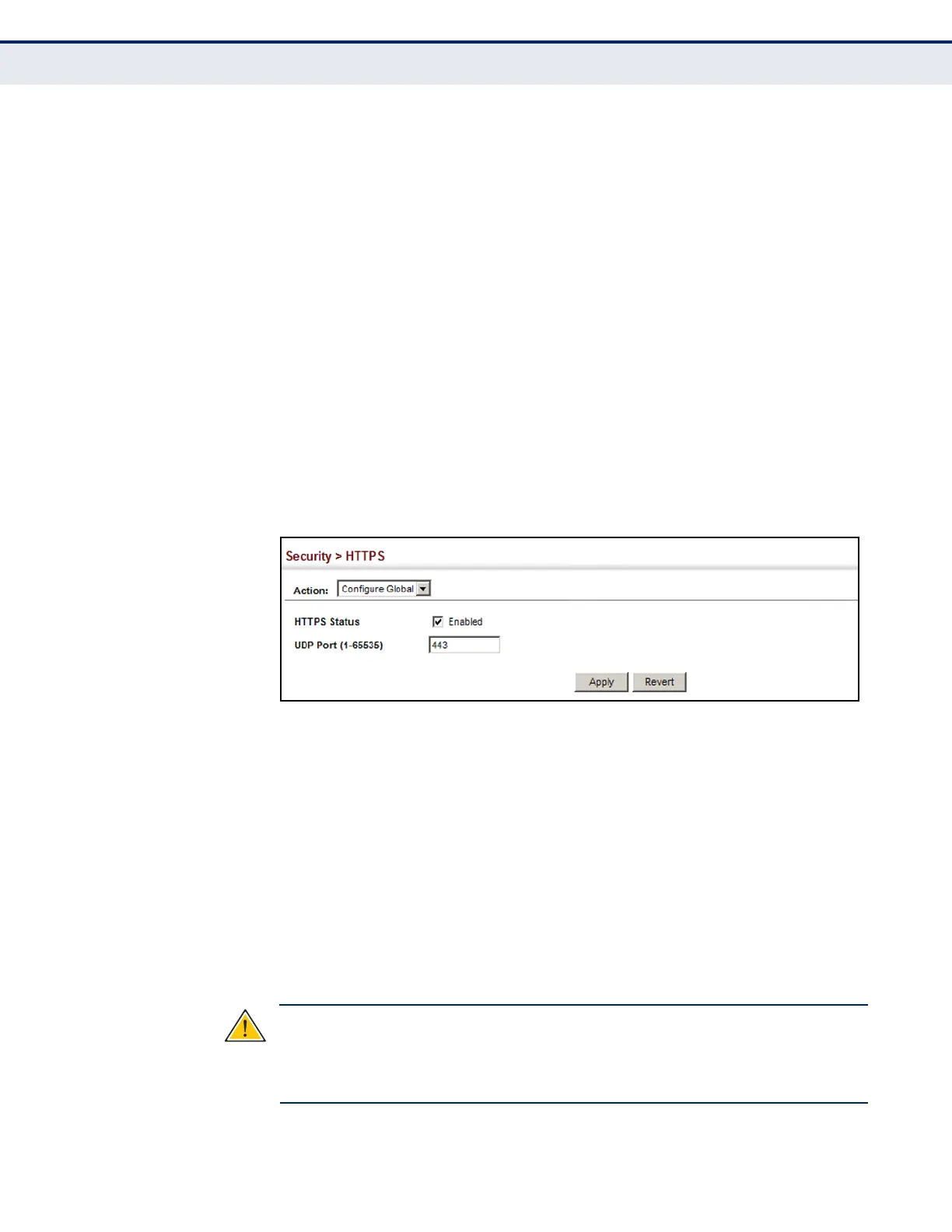